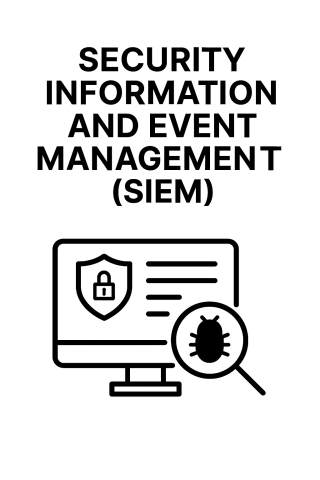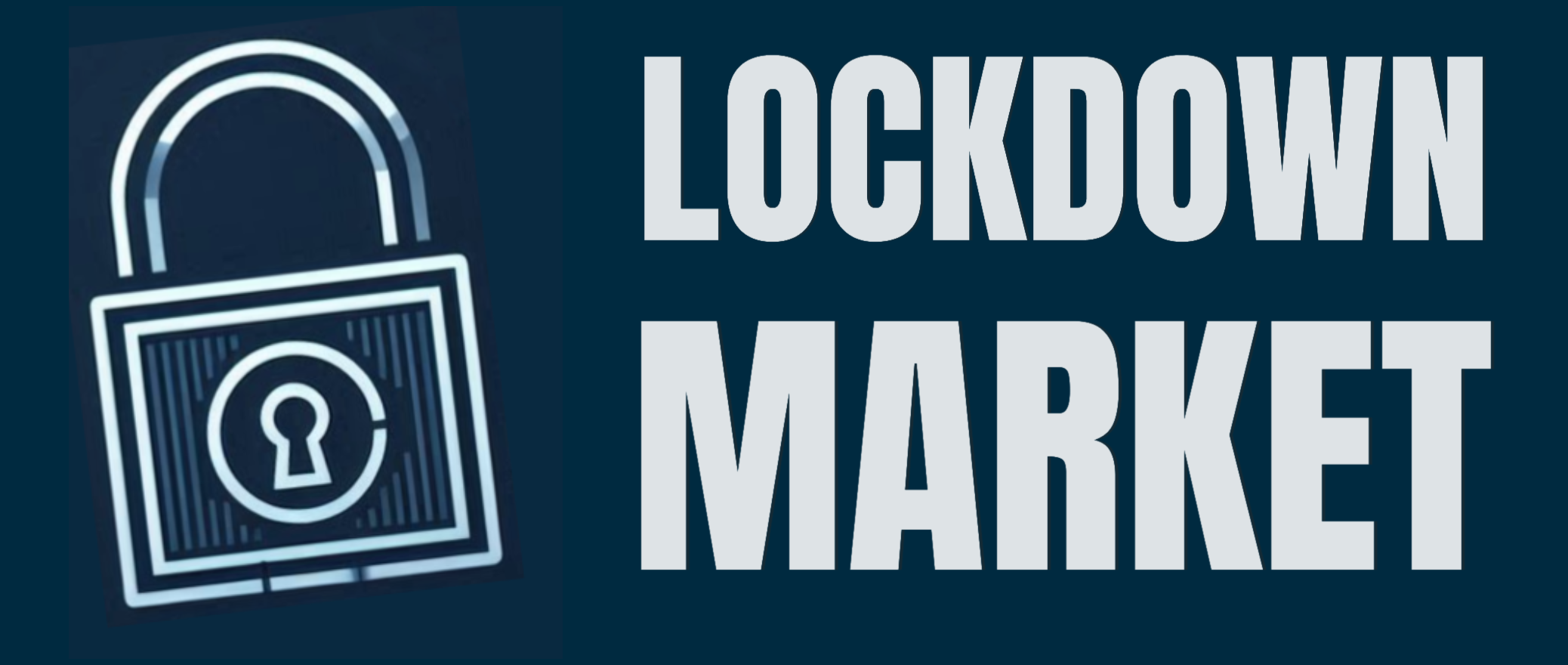
Security Information and Event Management (SIEM): Choosing the Right Platform for Your Business
Introduction
Security Information and Event Management (SIEM) platforms are essential for modern threat detection and response. They centralize log data, correlate events and automate alerts—giving security teams the visibility they need to protect digital assets. With platforms like Splunk, Microsoft Sentinel, and QRadar offering distinct capabilities, choosing the right SIEM depends on your environment, team structure and long-term strategy.
Real world scenario
Consider how you would approach the critical decisions and challenges. You are a SOC manager in a large organisation that is looking to employ a SIEM to strengthen the organisation's overall security resilience. Your organisation: Employs approximately 5,000 employees working from offices in different locations and from home. Its IT environment encompasses various endpoints, networks, applications, IAM services and cloud services. Its service portfolio includes critical services with minimal downtime.What Is SIEM and Why Does It Matter?
SIEM tools ingest data from across your infrastructure—firewalls, endpoints, cloud services, identity providers—and apply analytics to detect anomalies, threats and compliance violations. A well-implemented SIEM enables:
- Real-time threat detection and response
- Centralized visibility across hybrid environments
- Compliance reporting (e.g., GDPR, ISO 27001)
- Automation of incident workflows
Splunk: Flexibility and Depth for Complex Environments
Splunk Enterprise Security is a modular, vendor-neutral SIEM platform known for:
- Custom data ingestion from over 1,500 sources
- Advanced analytics like Risk-Based Alerting (RBA)
- Flexible deployment: on-premises, cloud or hybrid
- Powerful query language (SPL) for deep log analysis
Splunk excels in multi-vendor environments and supports complex use cases through integrations with SOAR, UBA and threat intelligence feeds.
Microsoft Sentinel: Cloud-Native Simplicity for Microsoft-First Teams
Microsoft Sentinel is a cloud-native SIEM built into Azure. It offers:
- Seamless integration with Microsoft 365, Defender, Azure AD
- Artificial Intelligence AI-driven threat detection and automated playbooks via Logic Apps
- Usage-based pricing for predictable cost control
- Unified security operations through the Defender portal
Sentinel is ideal for organisations already invested in Microsoft’s ecosystem.
Splunk vs Sentinel: Key Differences
| Feature | Splunk Enterprise Security | Microsoft Sentinel |
|---|---|---|
| Deployment | On-prem, cloud, hybrid | Cloud-native (Azure only) |
| Data Ingestion | 1,500+ sources, custom logs | Microsoft ecosystem focus |
| Query Language | SPL (flexible, cross-source) | KQL (tabular, Azure-native) |
| Alerting | Risk-Based Alerting (RBA) | AI-driven, Logic Apps |
| Automation | Splunk SOAR | Azure Logic Apps |
| Pricing Model | Volume-based, customizable | Pay-as-you-go |
| Community & Ecosystem | Vendor-neutral, open standards | Microsoft-centric |
Cisco U + Splunk: Learning Path for SIEM Mastery
Cisco’s Enhancing Security Solutions with Data Analytics learning path offers hands-on experience with Splunk SIEM and SOAR. You’ll explore:
- Splunk architecture and components
- Integration with Cisco Security Cloud App
- Use case-driven threat detection and response
- Query translation from Sentinel’s KQL to Splunk’s SPL
Microsoft Learn: Deep Dive into Sentinel Capabilities
For teams exploring Microsoft Sentinel, Microsoft Learn’s official Sentinel overview offers a comprehensive guide to its architecture, analytics, and automation capabilities. Sentinel is more than a cloud-native SIEM—it’s a scalable, AI-powered platform designed to unify security operations across hybrid and multicloud environments.
Key topics covered include:
- Data Collection at Scale: Ingest logs from Microsoft 365, Azure, and third-party sources using built-in and custom connectors.
- Threat Detection & MITRE ATT&CK Mapping: Use analytics rules and threat intelligence to correlate low-fidelity alerts into high-fidelity incidents.
- Investigation & Hunting: Visualize entity relationships, run KQL queries, and leverage Jupyter notebooks for deep forensic analysis.
- Automated Response: Build playbooks with Azure Logic Apps to orchestrate incident response across tools like ServiceNow, Jira and Defender.
- Defender Portal Transition: Sentinel is moving to the unified Microsoft Defender portal, streamlining access and integration for all users.
Whether you're comparing Splunk’s modular depth or Sentinel’s cloud-native agility, Microsoft Learn provides the technical foundation to deploy, tune, and scale Sentinel effectively.
Final Thoughts: Match SIEM to Your Environment
Choosing a SIEM isn’t just about features—it’s about fit. Consider:
- Your existing tech stack (Microsoft vs multi-vendor)
- Team size and expertise
- Compliance and reporting needs
- Budget and scalability
Whether you choose Splunk for its depth or Sentinel for its simplicity, success depends on proper deployment, tuning, and ongoing management.
Call to Action
Ready to Choose the Right SIEM?
Let Lockdown Market help you evaluate, deploy and optimize your SIEM strategy. Whether you're leaning toward Splunk, Sentinel, or a hybrid approach, we offer:
- SIEM readiness assessments
- Deployment planning and integration support
- Managed SIEM services for SMEs and IT consultants
Contact us today to schedule a free consultation and secure your infrastructure with confidence.
- Log in to post comments

Comments